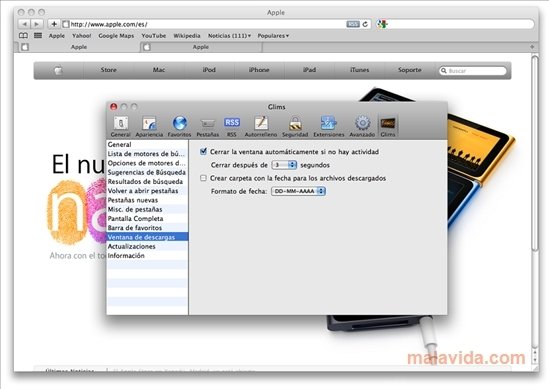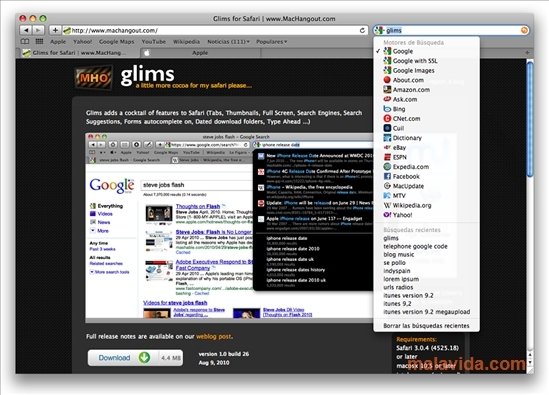

Snow / ice separation with higher threshold not possible due to illumination bias in steep topography and shadow Usage of L instead of DN doesn't improve classification. Accuracy of snow / ice mapping in cast shadow depends on DOS for TM2 (areas too large without correction). In sunlight, also partly snow-covered pixels are mapped (resulting in too large glacier areas). Threshold must be carefully selectedĬlassification of partly debris-covered pixels (along the glacier perimeter) is somewhat better than with e.g. in press).īased on differences in spectral properties of snow in VIS and MIR: e.g. Largest differences of the TM and ASTER glacier mapping compared to the Ikonos image occur for debris-covered ice which is not detected from the multi-spectral ratios. Largest differences between the TM and the ASTER glacier mapping are due to snow remains in 2001 and clouds in 1999. Glacier outlines as automatically computed from a TM 4/5 ratio are shown in yellow and those from an ASTER 3/4 ratio in black. Lower left image: Ikonos pan band, 1m resolution.

Upper right image: RGB-composite of TM 5 4 3, 30m resolution. Upper left image: RGB-composite of ASTER 4 3 2, 15m resolution. The debris-covered tongue of Chelenalpgletscher is manually delineated from an Ikonos image of (red dashed line). Glacier outlines in the Chelenalp valley, Swiss Alps, as mapped automatically from an ASTER image of and a Landsat TM image of. TM3 / TM5 and TM4 / TM5 with DNs, L, R and A Results similar to TM.ĭella Ventura et al. ASTER 2 = TM 3, ASTER 3 = TM 4, ASTER 4 = TM 5. For deep shadows TM3 / TM5 is better.ĪSTER: ASTER VNIR resolution 15m, SWIR 30m.

TM: TM4 / TM5 with DNs reveals best results. Vegetation in shadow and turbid lakes are partly classified as glaciers Debris-cover delineation on TM543 composites (with classified glacier-map as an overlay).ĭivision of two spectral bands and thresholding to obtain black and white map Glacier outlines on Ikonos pan and IHS-fused TM / SPOT pan and TM / IRS-1C pan imagery. 1992, Williams & Hall 1993, Williams et al. Works with all optical sensors (possibly also SAR) Often the only method for delineation of debris-covered glacier ice. Required time increases with decreasing sensor resolution. Laborious (time) for a large number of glaciers, not consistent through image, requires interpretation from specialist, difficult interpretation of pan images. Highest accuracy, inclusion of debris-covered ice, exclusion of adjacent snow-fields, works also for panchromatic images (e.g.
Glims acronym manual#
Multispectral classification Manual RatioĬursor tracking of glacier boundaries on contrast enhanced FCCs, either pixel by pixel (raster-based) or with the image as a background using GIS (vector-based). Boundaries considered within GLIMS clean ice


 0 kommentar(er)
0 kommentar(er)
